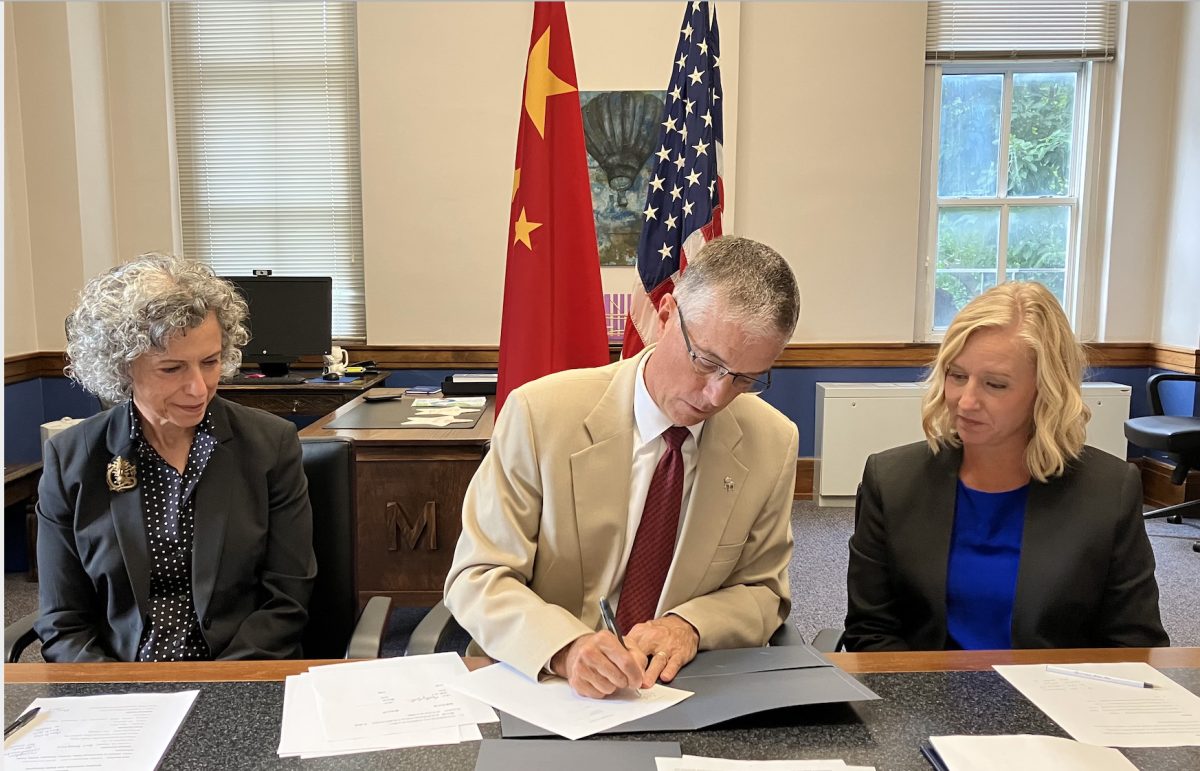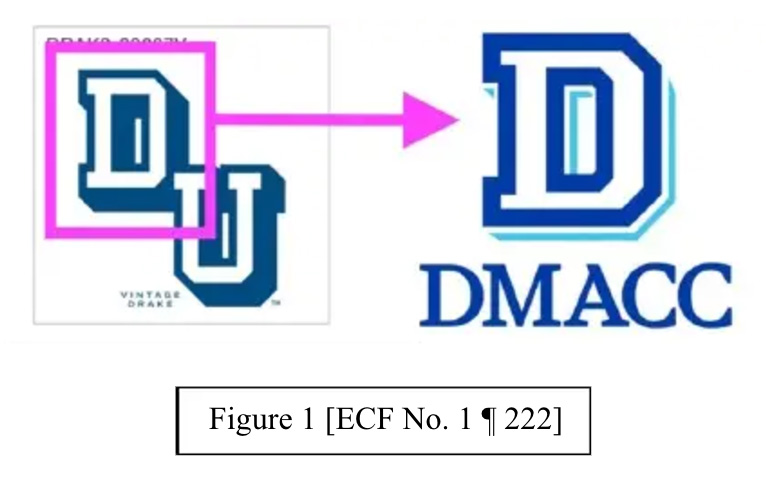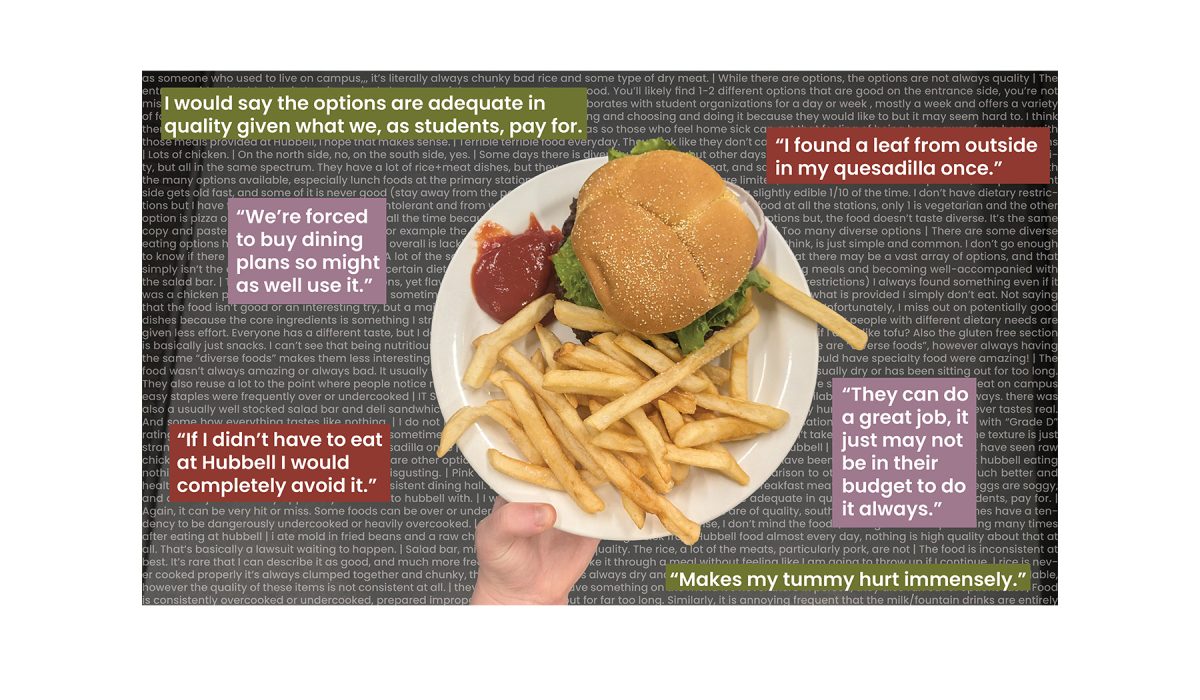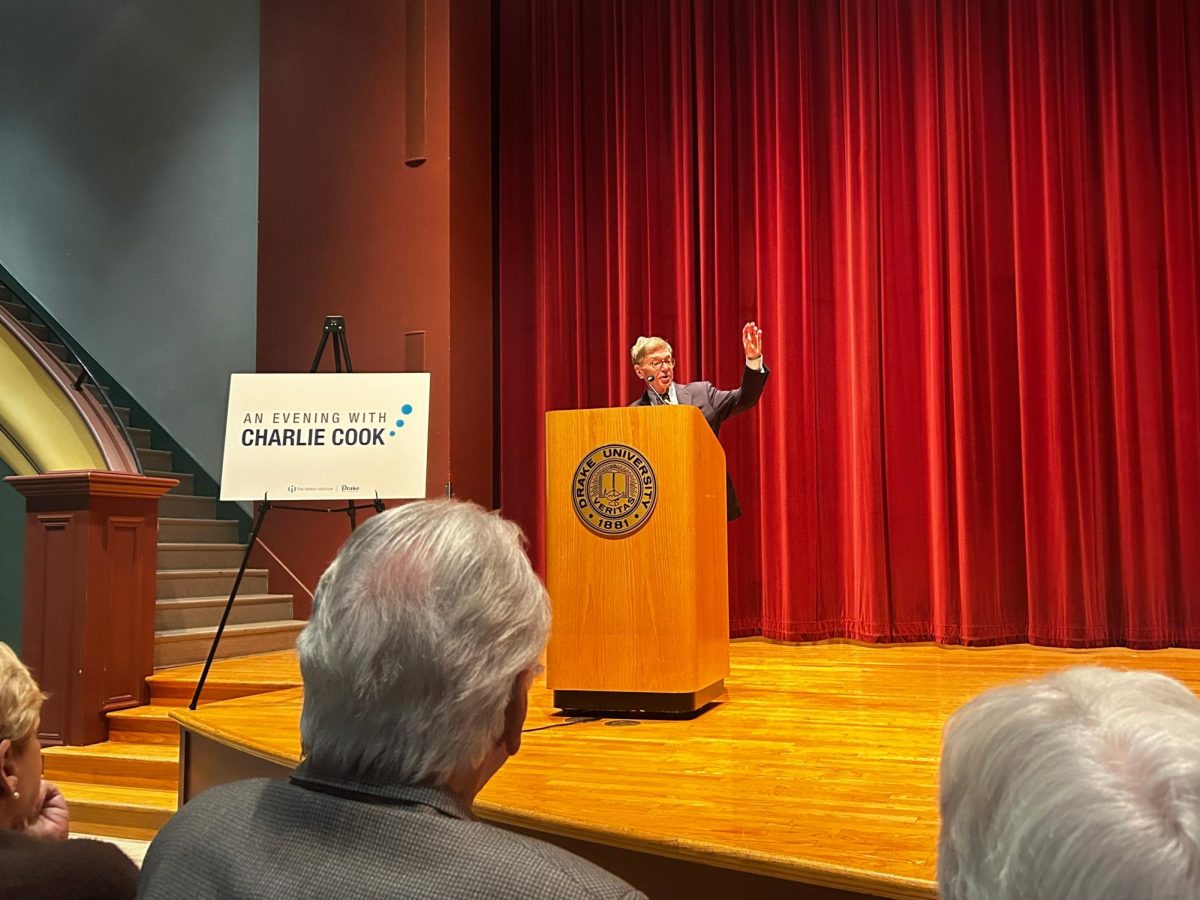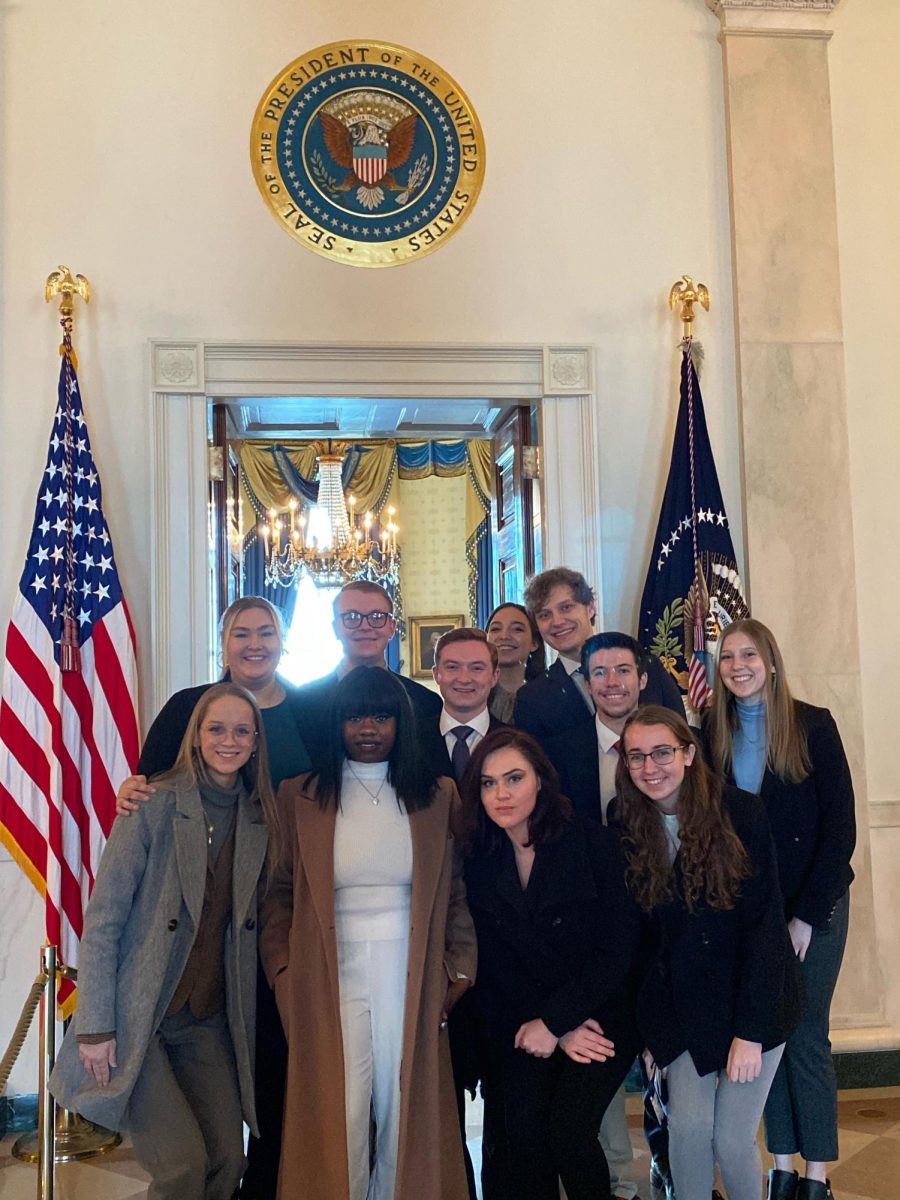Column by Olivia O’Hea
O’Hea is a first-year law, politics and society and journalism double major and can be reached at [email protected]
Illustration by Brianna Shawhan
 Two weeks ago the U.S. Supreme Court heard oral arguments on the Defense of Marriage Act (DOMA), and Proposition 8, the controversial California amendment that overturned the state’s same sex marriage laws.
Two weeks ago the U.S. Supreme Court heard oral arguments on the Defense of Marriage Act (DOMA), and Proposition 8, the controversial California amendment that overturned the state’s same sex marriage laws.
Passed in 1996, DOMA restricted federal marriage benefits by defining marriage as “between opposite sexes only.” Former President Bill Clinton signed the bill into law, though now cites regret and recently came out in support of same sex marriage.
Proposition 8 amended the state of California’s constitution by defining marriage as a union between a man and a woman, similar to the wording of DOMA. It negated a 2007 bill, which legalized same sex marriage.
So how did these two separate cases, from separate states passed in separate decades unite protestors across the nation? The Human Rights Campaign.
If your newsfeed on Facebook, Twitter or even Instagram was anything like mine these past couple weeks, you probably saw a lot of red and salmon equal signs. At one point in the week, I scrolled through two pages of feed before spotting a regular profile picture.
Then came the different variations of the equal sign: grumpy cat holding an equal sign, sloths peeking out between equal signs, celebrities sporting equal sign T-shirts. Everyone gets an equal sign!
The red and pink symbol was designed specifically by the Human Rights Campaign, the largest LGTBQ advocacy group in the United States. The red and pink design mimicked its regular logo — a yellow equal sign on a blue background.
It created the logo in commemoration of the Supreme Court hearings, and it quickly went viral. According to Facebook data, roughly 2.7 million users changed their profile pictures. Students, parents and professionals across the Internet united in support for the legalization of same-sex marriage.
In fact, the movement progressed so quickly that The Huffington Post, Yahoo! and ABC News published articles entitled, “Facebook Goes Red in Support of Gay Marriage,” and “What are the Red Equal Signs all Over Facebook and Twitter?” the day the insignia was released.
The effort met severe opposition, however, from both the Christian right and the LGBTQ community.
Blue crosses, designed to look like addition signs, began to infiltrate social media shortly after the red equal signs. They symbolized support of the traditional marriage model. Many users captioned their photos with bible verses from Leviticus 20:13, “If a man lies with a male as with a woman, both of them have committed an abomination, they shall surely be put to death, their blood is upon them,” (English Standard Version).
The LGBTQ community criticized the apathy of most Facebook users. They speculate that many users will change a profile picture for a few days, but few will actually lobby for equality.
The use of social media for social progression is a developing theme in civil rights and human rights cases. I’m sure we all remember the Kony 2012 video that sparked controversy across the cyber-sphere. Social media leads globalization, making it an ideal tool for spreading a message or promoting a cause.
When it comes down to it, are we willing to put our money where our mouth, or profile picture, is? Will we contact our local government, join LGBTQ groups on campus and rally for marriage equality or will we ride out the social media high and then resume watching Kid President?
I sincerely hope Drake University, and the rest of the Facebook and Twitter community, chooses the former. Powerful as social media may be, a picture can never replace an action.

